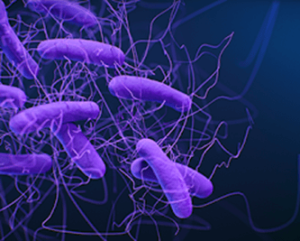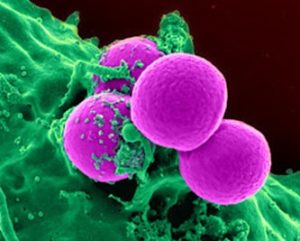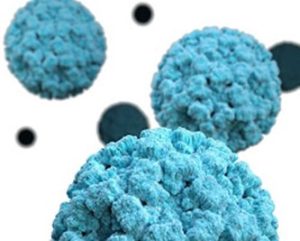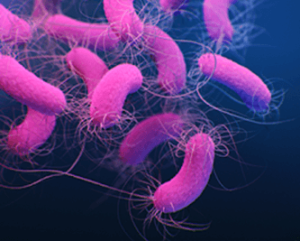Health and Safety, and Infection Control are incredibly important in the daily operations of any healthcare facility. Strict sanitizing and disinfection routines are followed by specifically trained facilities personnel; however, risks are continuously lurking in these facilities.
Not surprisingly, the built environment in our healthcare facilities is a pathogen reservoir, because of heavy traffic of pathogen-laden patients.
Since the advent of routine antimicrobial cleaning in the mid-20th century, attention has been focused on keeping hospitals as microbe free as possible, and the way hospitals try to control infections is with increasingly aggressive disinfection regimes and antimicrobial agents. Excessive and inefficient use of disinfectants, like excessive and inefficient use of antibiotics, may increase a hospital’s risk of becoming an incubator for resistant pathogens.
It is not the most obvious area you would think of, but one of the biggest sources of health risks in a hospital are the floors. When the floors are poorly cleaned or ineffective cleaning products are used, they can be the breeding ground for germs and bacteria.
What are the most prominent health risks that floors in hospitals can cause?
- Healthcare-associated infections (HAIs): HAIs are infections that patients acquire while they are in the hospital. They can be caused by a variety of factors, including poor hand hygiene, contaminated medical equipment, and dirty floors.
- Respiratory infections: Some of the most common viruses and pathogens found on hospital floors can cause respiratory infections, such as pneumonia and bronchitis.
- Skin infections: Other viruses and pathogens found on hospital floors can cause skin infections, such as impetigo and cellulitis.
- Gastrointestinal infections: Still other viruses and pathogens found on hospital floors can cause gastrointestinal infections, such as diarrhea and vomiting.
What are the most commonly found viruses and pathogens on hospital floor surfaces?
- Acinetobacter baumannii: Acinetobacter baumannii is a bacterium that is often found in hospitals. It can cause a variety of infections, including pneumonia, bloodstream infections, and wound infections.

Acinetobacter baumannii bacteria
- Clostridium difficile: Clostridium difficile is a bacteria that can cause a serious diarrheal illness. It is often found in hospitals, and it can be spread through contact with contaminated surfaces.

Clostridium difficile bacteria
- Methicillin-resistant Staphylococcus aureus (MRSA): MRSA is a type of bacteria that is resistant to many antibiotics. It can cause a variety of infections, including skin infections, bloodstream infections, and pneumonia.

Methicillin-resistant Staphylococcus aureus (MRSA) bacteria
- Norovirus: Norovirus is a virus that is often found in hospitals. It can cause a sudden onset of vomiting and diarrhea.

Norovirus virus
- Pseudomonas aeruginosa: Pseudomonas aeruginosa is a bacterium that is often found in hospitals. It can cause a variety of infections, including pneumonia, bloodstream infections, and wound infections.

Pseudomonas aeruginosa bacteria
How can probiotics cleaning products help solve for these health risks?
Probiotic cleaning products are made with beneficial bacteria that can help to break down dirt, grime and other contaminants. The bacteria in probiotic cleaners are specifically selected for their ability to survive in harsh environments. They are also non-pathogenic, meaning that they do not cause disease. When the probiotic cleaners are applied to a surface, the bacteria begin to multiply and break down the biofilm and contaminants. This process is called bioremediation.
In addition to breaking down dirt and grime, probiotic cleaners can also help to displace harmful bacteria and viruses. A study published in the journal “Applied and Environmental Microbiology” found that probiotic cleaners were effective at removing bacteria from surfaces. Another study, published in the journal “Microbiology and Molecular Biology Reviews,” found that probiotic cleaners could be used to control mold growth.
Probiotic cleaning products are a safe and effective way to clean hospital floors. They can help to reduce the risk of HAIs and improve the overall cleanliness of the hospital environment.
Images source: www.cdc.gov/hai/organisms/







